carbs in large baked potato
/potatoes_annotated-20fa228fe98b45e1a8856630ab3a399b.jpg) Potato Nutrition Facts and Health Benefits
Potato Nutrition Facts and Health BenefitsNutritional data of potatoes and health benefits Shereen Lehman, MS, is a health reporter and fact checker. He has co-authored two books for the popular Dummies series (such as Shereen Jegtvig). Potatoes are high in starch and have developed a bad reputation due to the popularity of and . However, carbohydrates are not bad for your health while you watch your portions. In fact, they are essential as a source of energy. Potatoes are cheap, versatile, can be stored for long periods of time, and are a good source of fiber, potassium and vitamin C. Data on potato nutrition The following nutritional information is provided by the USDA for a medium (173g) baked oxidation potato (2 1/4" to 3 1/4" in diameter) with shell and without salt or added toppings. Carbs While a medium oxide provides 37 grams of carbohydrates, only 4 grams of which are fiber. Most carbohydrates are starch and only a small amount (less than 2 grams) is sugar. Staps are quickly broken down during digestion to sugar in the bloodstream, leading to a rapid increase in blood sugar levels. The glucemic index of a food is an indicator of the impact of food on blood sugar. The results of the study vary, but the glucemic index of the potatoes seems to be average in the 1980s, which is considered high. In comparison, the sugar in the table has a glycemic index of 59, making potatoes higher in the glycemic index than sugar. Oxy varieties like new red potatoes are slightly lower in the glucemic index than oxidized potatoes. Another way to represent the glucemic effect of food is the glucemic load, which takes into account the size of the portion. A better half potato here, with a moderate glucemic load of 17. But a big potato has a glycemic load of 29, which is high. You can fight the sugar fever in the blood by serving potatoes as part of a balanced meal as with one and one side. The addition of salmon proteins and the fiber of green beans helps to reduce the digestion and absorption of potato starch. Fat Potatoes have only a trace of fat, and that small amount is divided between saturated and polyunsaturated fats. They also have amounts of omega-3 fatty acids and omega-6 fatty acids. Like one, they don't have cholesterol. Unless you add a fat topping or fry your potatoes, they're basically fat-free. Protein Potatoes have a small amount of protein, but the protein is of high quality due to its digestibility and digestibility. This means that the quality of the protein is similar to that of and actually superior to that of soy and other legumes. Vitamins and Minerals Potatoes provide many vitamins and minerals, including vitamin C, vitamin B6, and potassium. They are a good source of folate, niacin, iron, magnesium, phosphorus, copper and manganese. To make the most of the potato, you should eat the skin of the potato as well as the meat, as some micronutrients are more concentrated on the skin. Health benefits must be considered a nutritious vegetable, even though they contain a lot of starch. Their other healthy vegetable compounds make them a valuable part of a balanced diet. Regulates blood pressure Potatoes are , which works in opposition to sodium to help regulate blood pressure and fluid balance. Research shows that potassium in potatoes is as high and usable by the body as when consumed as a dietary supplement. is also essential for normal muscle and nervous function. Supports the Immune System Vitamin C is needed for the normal function of the immune system, blood clotting and strong connective tissue walls and blood vessel. Since it cannot be stored in the body, it must be consumed through the food. An oven potato provides about 19% of the daily value for vitamin C. Reparations oxidative damage Potatoes also have a good concentration of phytonutrients, including vitamin C, carotenoids and polyphenols. These compounds can help repair cells damaged by oxidative stress, which can contribute to a number of chronic diseases. Avoid chronic disease Fiber is important for digestion, blood sugar control, weight management, heart health and more. Potatoes, especially when the shell is consumed, are a good source of . Low in FODMAPs Potatoes are low in oligo-, di-, mono-saccharides and fermentable polyols (also known as FODMAPs), short-chain carbohydrates that can lead to swelling and sensitivity in the digestive tract. In some people with irritable bowel syndrome (IBS) and Crohn's disease, following a help to relieve symptoms. Potatoes are allowed in this diet. Allergies Allergies to cooked or raw potatoes or potato pollen are rare but have been documented. These reactions are usually observed in people who have hay fever and are sensitized for bee pollen. Proteins in the potato can be chemically similar and therefore trigger a reaction when eaten. The reaction is usually tingling in the mouth and on the lips, but in rare cases it can cause shortness of breath and anaphylaxis. Those who react to the potato can also react to apples, hazelnuts, carrots and other raw fruits and vegetables. If you or your child have potato allergy, remember to carefully read the ingredient labels. A surprising number of products contain potato flour and/or potato starch. Adverse effects Acrylamide is a toxic substance that forms in starchy foods when processed or cooked at high temperatures. It affects potatoes and other spicy foods. Acrylamide has been shown to cause cancer in laboratory animals, but we do not know what levels of exposure to acrylamide are dangerous for humans. It is important to note that the amount of acrylamide you would get from potatoes is much lower than the amounts studied in laboratory animals. Frying and baking potatoes at high temperatures for a long time could result in the greatest acrylamide, but those levels can be reduced when potatoes are cooked first or treated with antioxidant solutions. You can also steam the potatoes to avoid acrylamides. The potatoes are part of the , along with tomatoes, eggplants, sweet peppers, and some others. The parasols contain small amounts of a substance called solenine. Some people claim that arthritis-like pain has increased when eating potato and other night shaving plants. But the investigation has found no substantial connection between the pain of rheumatoid arthritis and solanine. In large quantities, solanine is toxic, but the amount of solanine you would get from potatoes is not enough to get sick unless you eat green potatoes or shoots that grow from potatoes that have been sitting for too long. Don't eat green potatoes. They know bitter and bad anyway. Variants The most common types of potatoes are white, yellow and red potatoes, although blue and purple can also be found. You will also find a variety of potato sizes, from small new potatoes to fingers to large oxidized (also known as "Ionian hats"). They are all similar nutritionally but may have slightly different textures. However, they are different in appearance, taste and nutrition. Storage and Food Safety Unwashed potatoes can be stored for weeks or even months in a cool, damp and dark place. Keep them in a paper bag or cardboard box, not in a plastic bag. It is not stored in the refrigerator, as this can increase acrylamides in potatoes, and not consume green potatoes. How to prepare When fried, converted into chips, or slapped in heavy sauces, butter or cheese, the nutritional value of the potato dish changes drastically. The baked potatoes, roasts and boilers are the best in terms of nutrition. Consider taking your potatoes with vegetables or other healthy ingredients: Recipes Healthy Potato Test recipesGet simple and delicious recipes to help you eat well without feeling private. Thank you, for signing. There was a mistake. Please try again. FoodData Central. U.S. Department of Agriculture Published on April 1, 2019. King JC, Slavin JL. Adv Nutr. 2013;4(3):393S-401S. doi:10.3945/an.112.003525MacDonald-Clarke CJ, Martin BR, McCabe LD, et al. . Am J Clin Nutr. 2016;104(2):346-53. doi:10.3945/ajcn.115.127225. National Institutes of Health Office of Dietary Supplements. Updated 27 February 2020. Liu RH. Adv Nutr. 2013;4(3):384S-92S. doi:10.3945/an.112.003517Slavin JL. Adv Nutr. 2013;4(3):351S-5S. doi:10.3945/an.112.003491 Eke Gungor H, Uytun S, Murat Sahiner U, Altuner Torun Y. Eur Ann Alergy Clin Immunol. 2016;48(4):149-52.Tolkki L, Alanko K, Petman L, et al. J Allergy Clin Immunol Pract. 2013;1(6):623-31.e1. doi:10.1016/j.jaip.2013.07.010. National Cancer Institute. Updated December 5, 2017. Arthritis Foundation. Barceloux DG. Dis Mon. 2009;55(6):391-402. doi:10.1016/j.disamonth.2009.03.009Thank you, {{form.email}}, for registering. There was a mistake. Please try again.
Are potatoes bad for you? - American Institute for Cancer Research %
/74102847-56a6b63e3df78cf7728fd587.jpg)
10 Lower-Calorie Ways to Top Baked Potatoes
:max_bytes(150000):strip_icc()/121831732-56a6b6463df78cf7728fd593.jpg)
10 Lower-Calorie Ways to Top Baked Potatoes

Plain Baked Potato Nutrition Facts - Eat This Much
:max_bytes(150000):strip_icc()/sweet-potato_annotated-d281a139637c48e3bb2f033bce4de583.jpg)
Sweet Potato Nutrition Facts and Health Benefits

Baked potatoes Nutrition Facts - Eat This Much
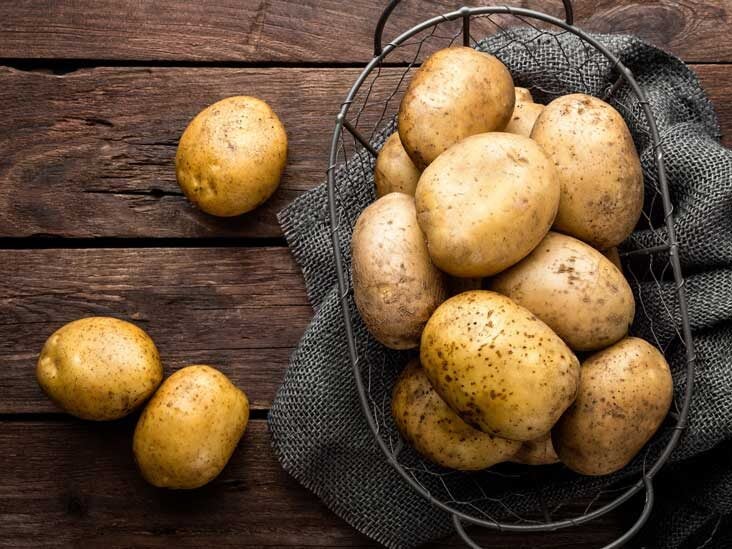
Potatoes 101: Nutrition Facts and Health Effects

Baked potato Nutrition Facts - Eat This Much
:max_bytes(150000):strip_icc()/56108607-56a6b6403df78cf7728fd58d.jpg)
10 Lower-Calorie Ways to Top Baked Potatoes

User added: Harris Teeter, Large Baked Potato: Calories, Nutrition Analysis & More | Fooducate
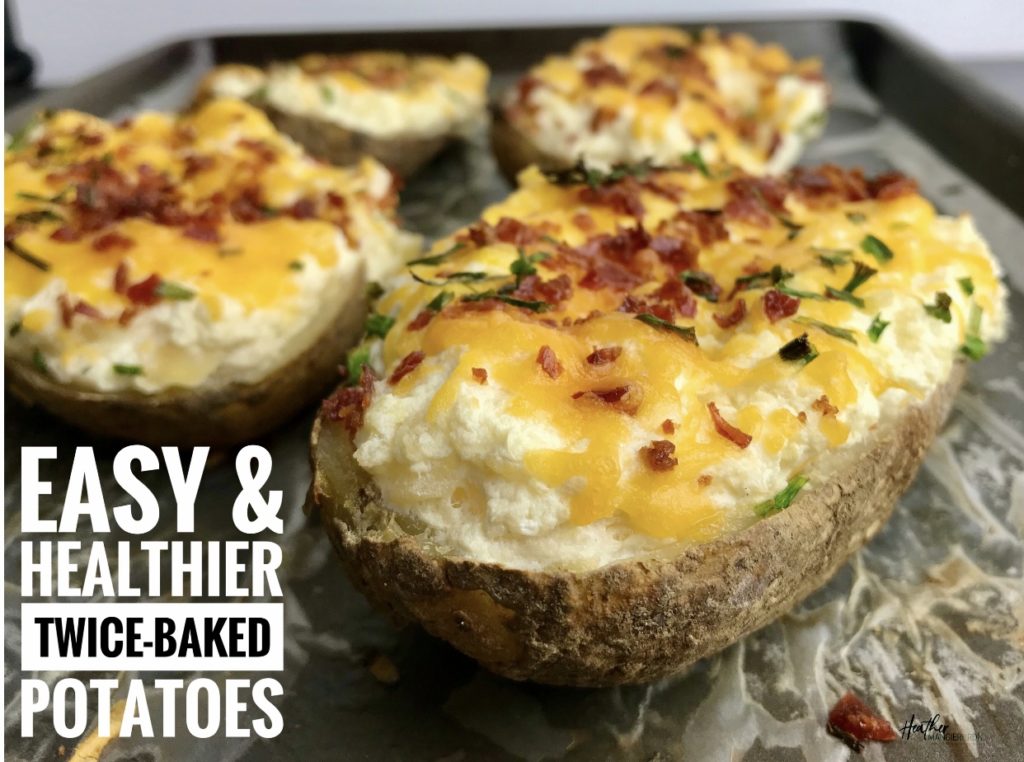
Easy, Healthier, Twice Baked Potatoes | Heather Mangieri Nutrition

loaded baked potato: Directions, calories, nutrition & more | Fooducate

Idaho® Potato Nutrition | Idaho Potato Commission

Potatoes 101: Nutrition Facts and Health Effects
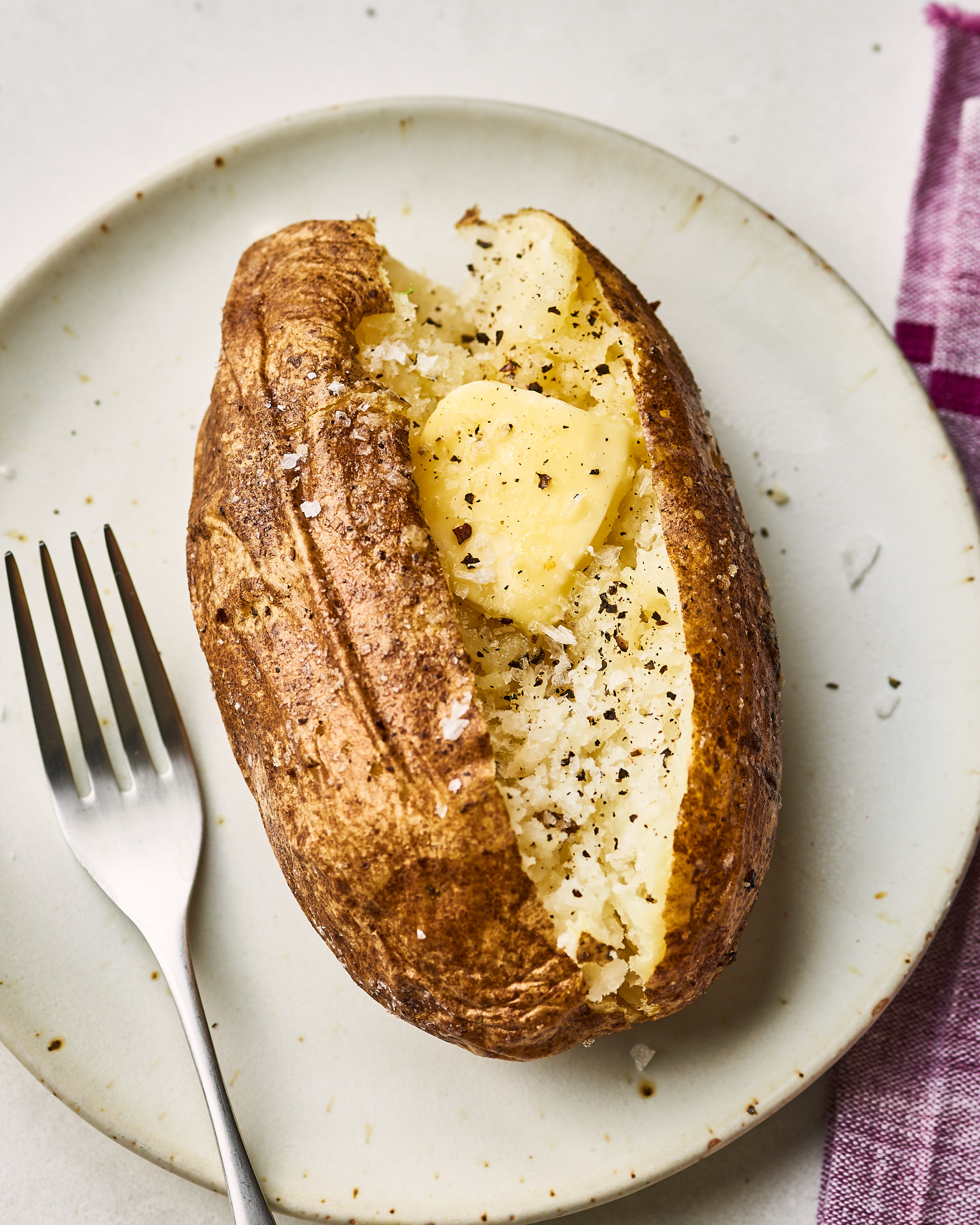
Microwave Baked Potato Recipe | Kitchn

Baked Potatoes Recipe - NYT Cooking

How Many Carbs Are in A Large Baked Potato - Top 10 Keto Products
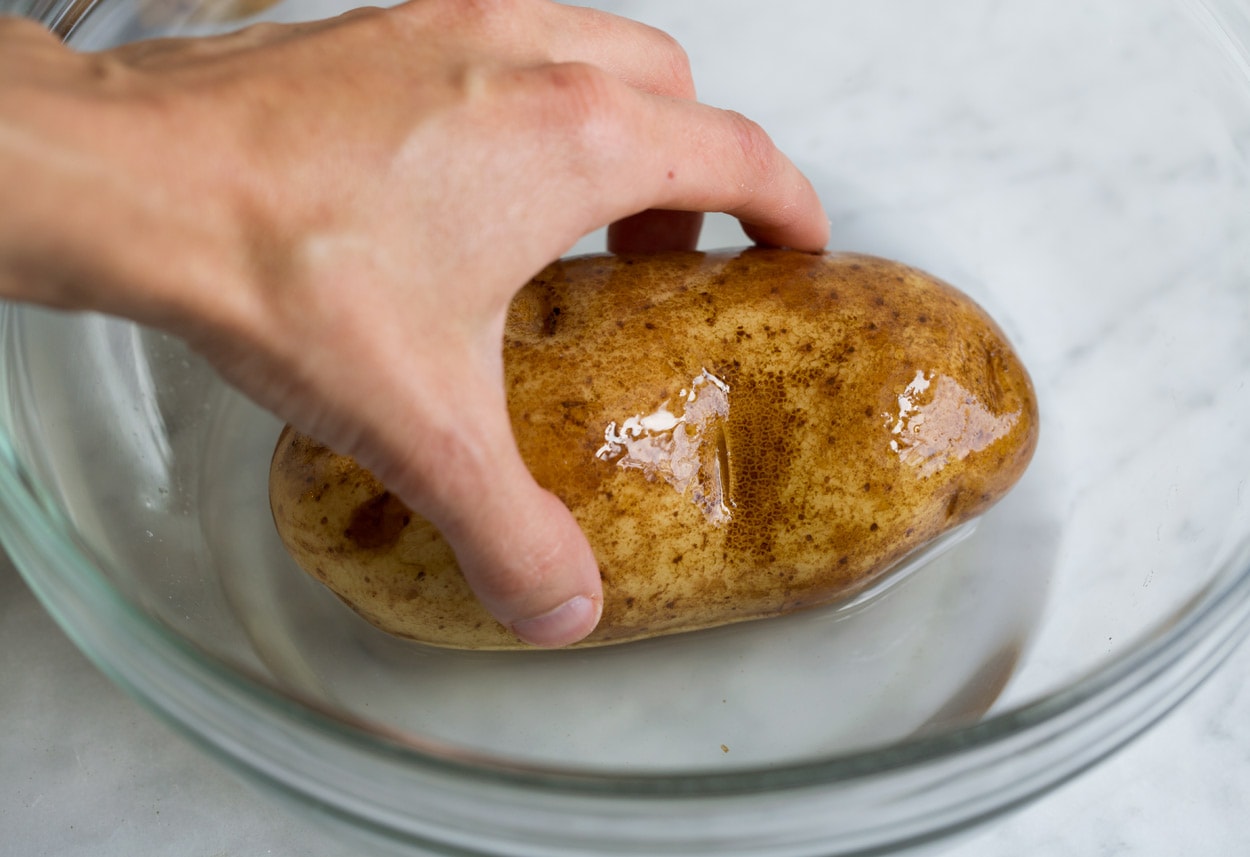
Best Baked Potatoes {Perfect Every Time} - Cooking Classy
Perfect Instant Pot Baked Potatoes | A Mind "Full" Mom

Air Fryer Baked Potatoes - A Pinch of Healthy
:max_bytes(150000):strip_icc()/jacket-potato-with-baked-beans-185059491-571f5e8d5f9b58857df182ee.jpg)
10 Lower-Calorie Ways to Top Baked Potatoes
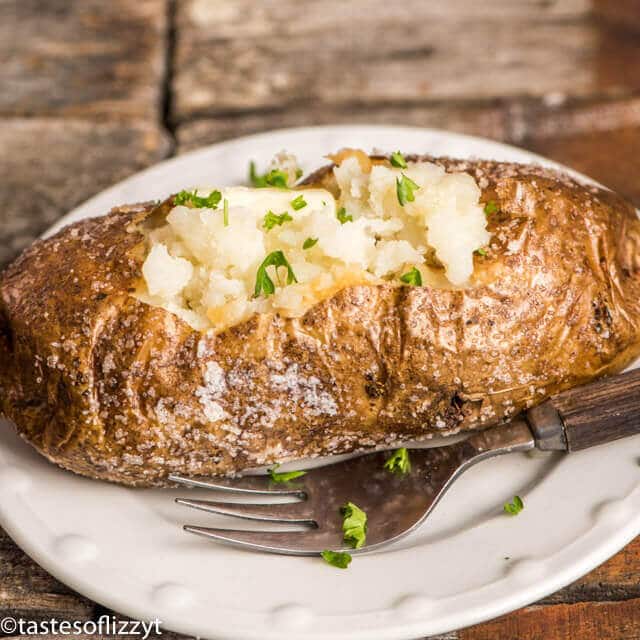
Oven Baked Potatoes {Steakhouse Copycat} | Tastes of Lizzy T
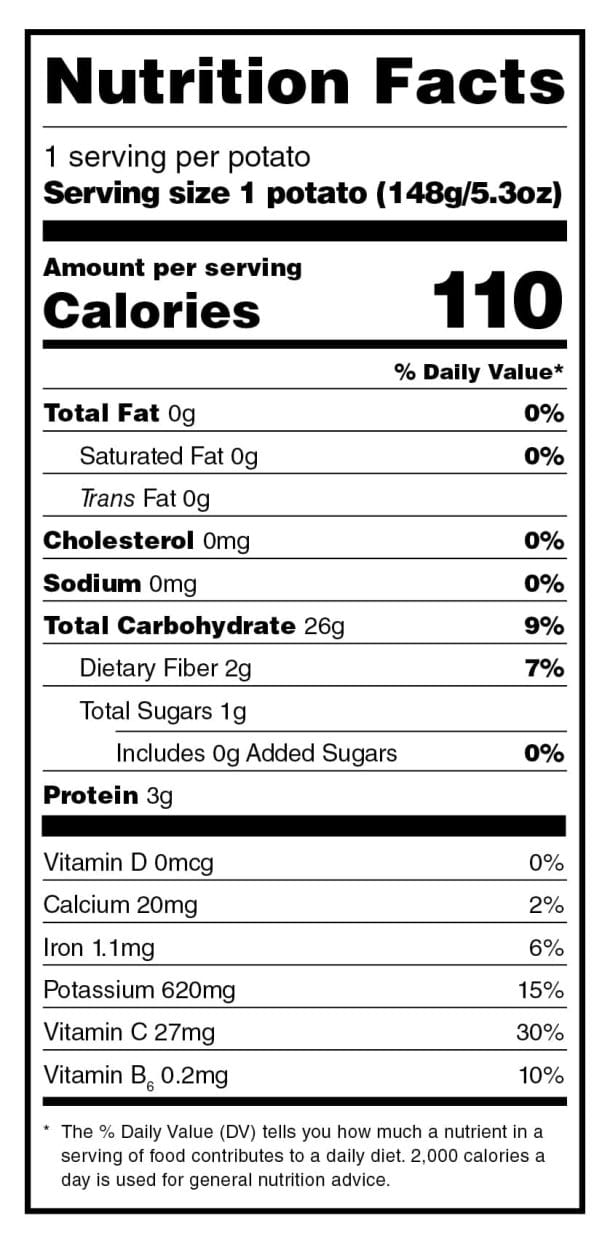
Potato Nutrition Info: Label, Data, Carbs, Calories, Health Facts
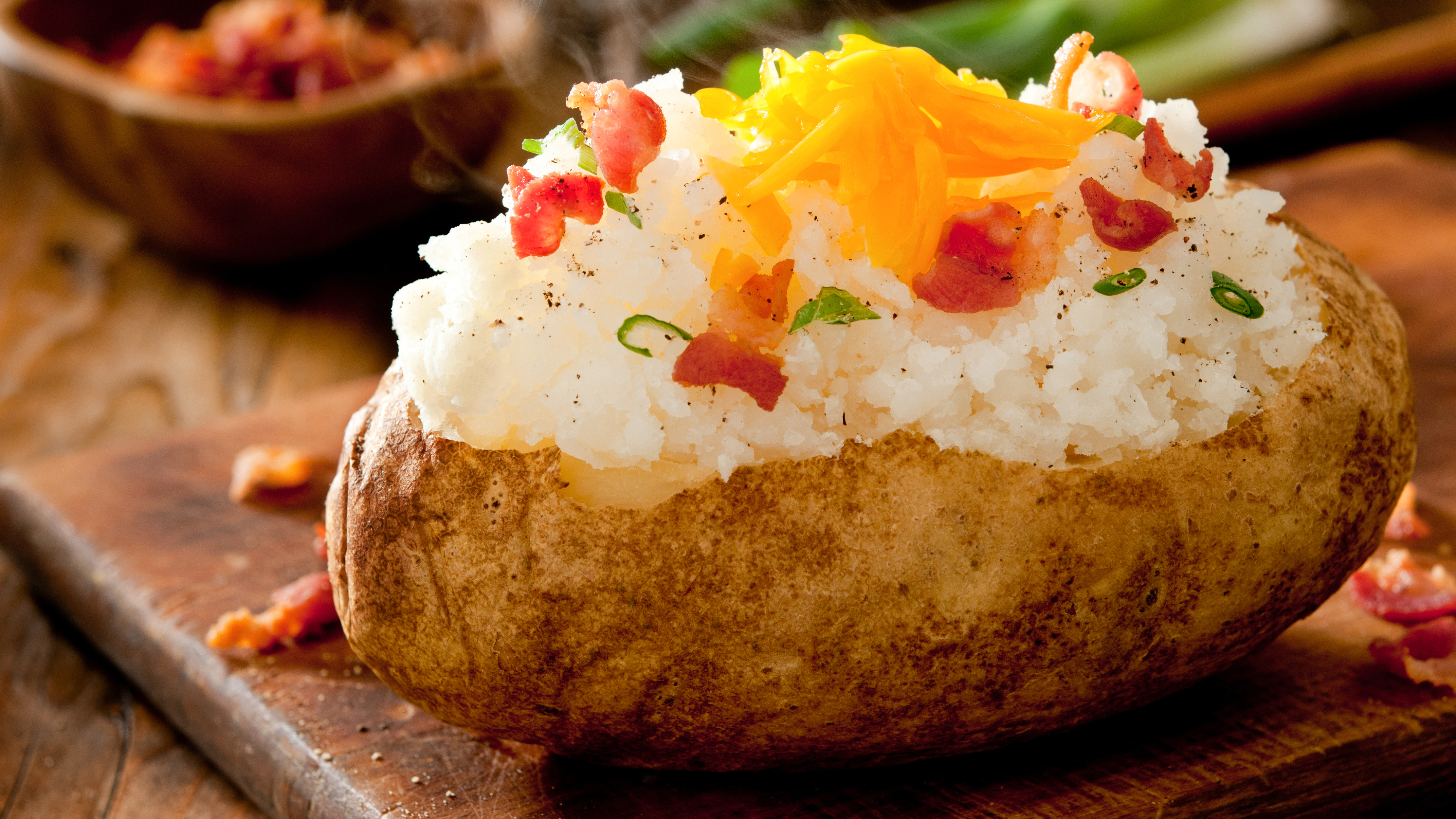
Are potatoes healthy? - CNN
:max_bytes(150000):strip_icc()/jacket-potato-with-tuna--mayonnaise-and-salad--close-up-121831743-571f5e475f9b58857df17dc0.jpg)
10 Lower-Calorie Ways to Top Baked Potatoes
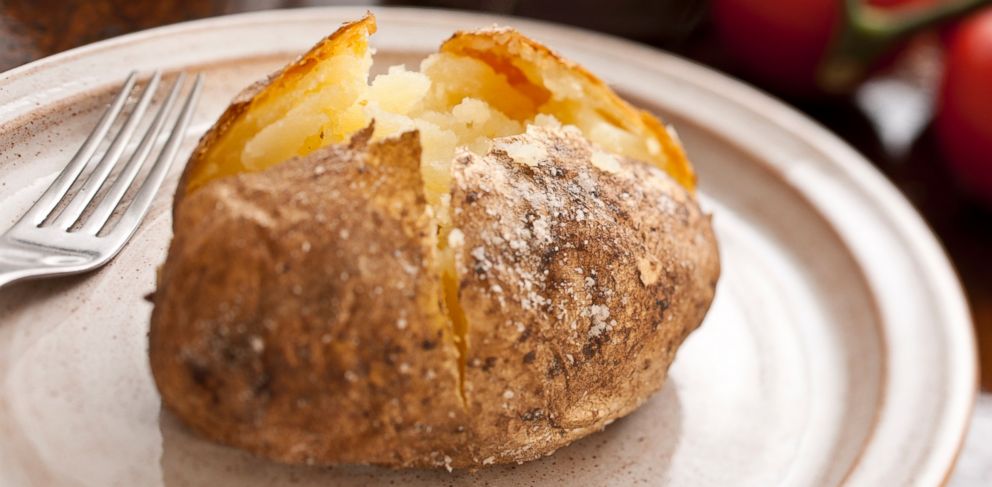
The 10 Most Filling Foods for Weight Loss - ABC News
:max_bytes(150000):strip_icc()/171136427-56a6b63f3df78cf7728fd58a.jpg)
10 Lower-Calorie Ways to Top Baked Potatoes
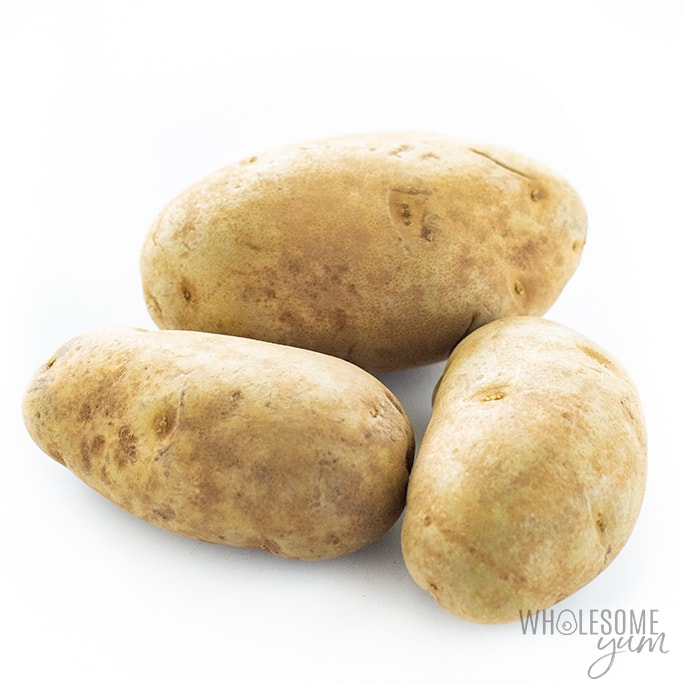
Are Potatoes Keto Friendly? Carbs In Potatoes & Potato Substitutes | Wholesome Yum

Potato Calories and Nutrition | Are Potatoes Healthy?
:max_bytes(150000):strip_icc()/baked-potato-crop-b4376080ed334093ba845dc259d162d1.jpg)
10 Lower-Calorie Ways to Top Baked Potatoes

Baked Sweet Potato: How to Bake Perfectly | Downshiftology

Baked potatoes recipe | BBC Good Food
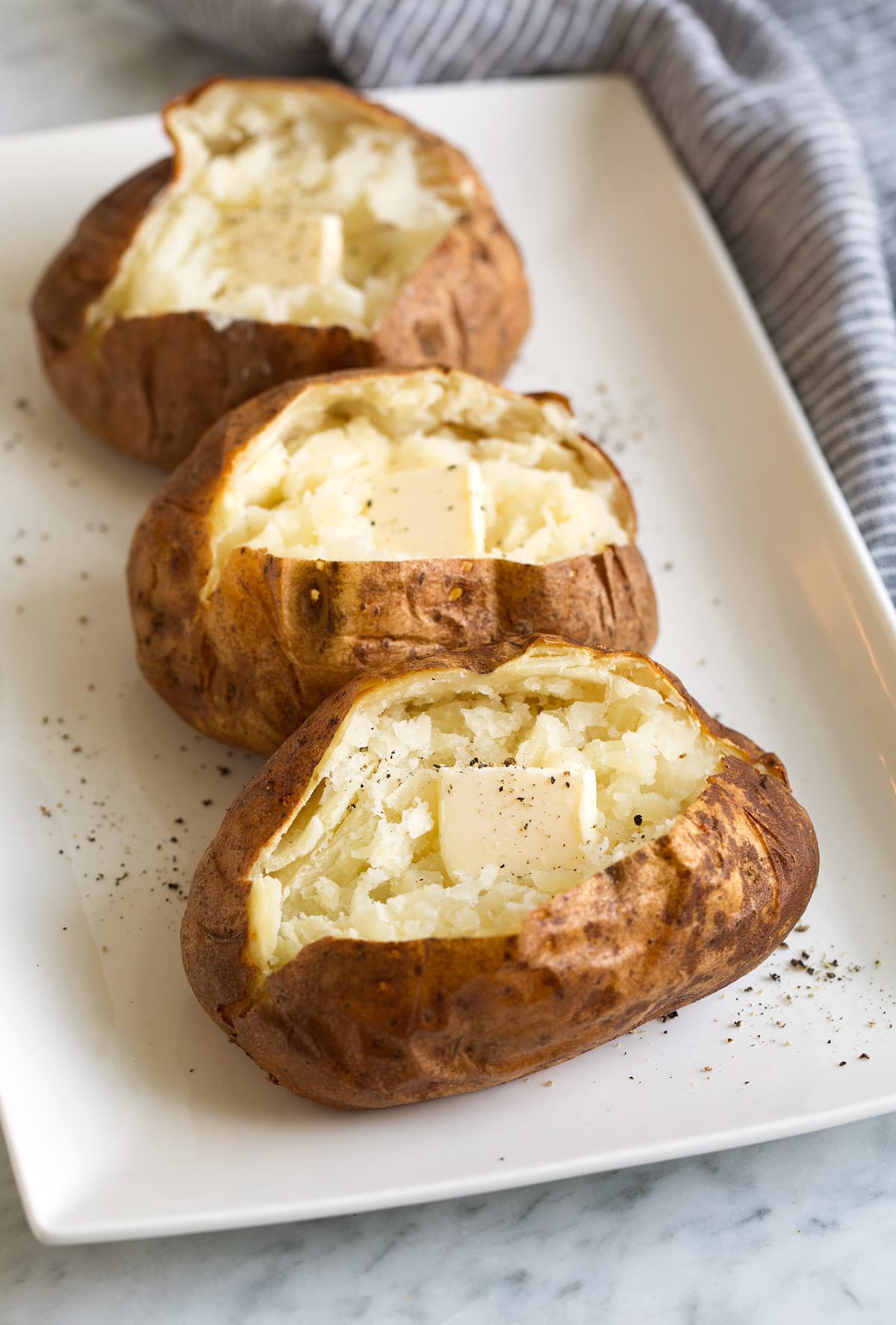
Best Baked Potatoes {Perfect Every Time} - Cooking Classy
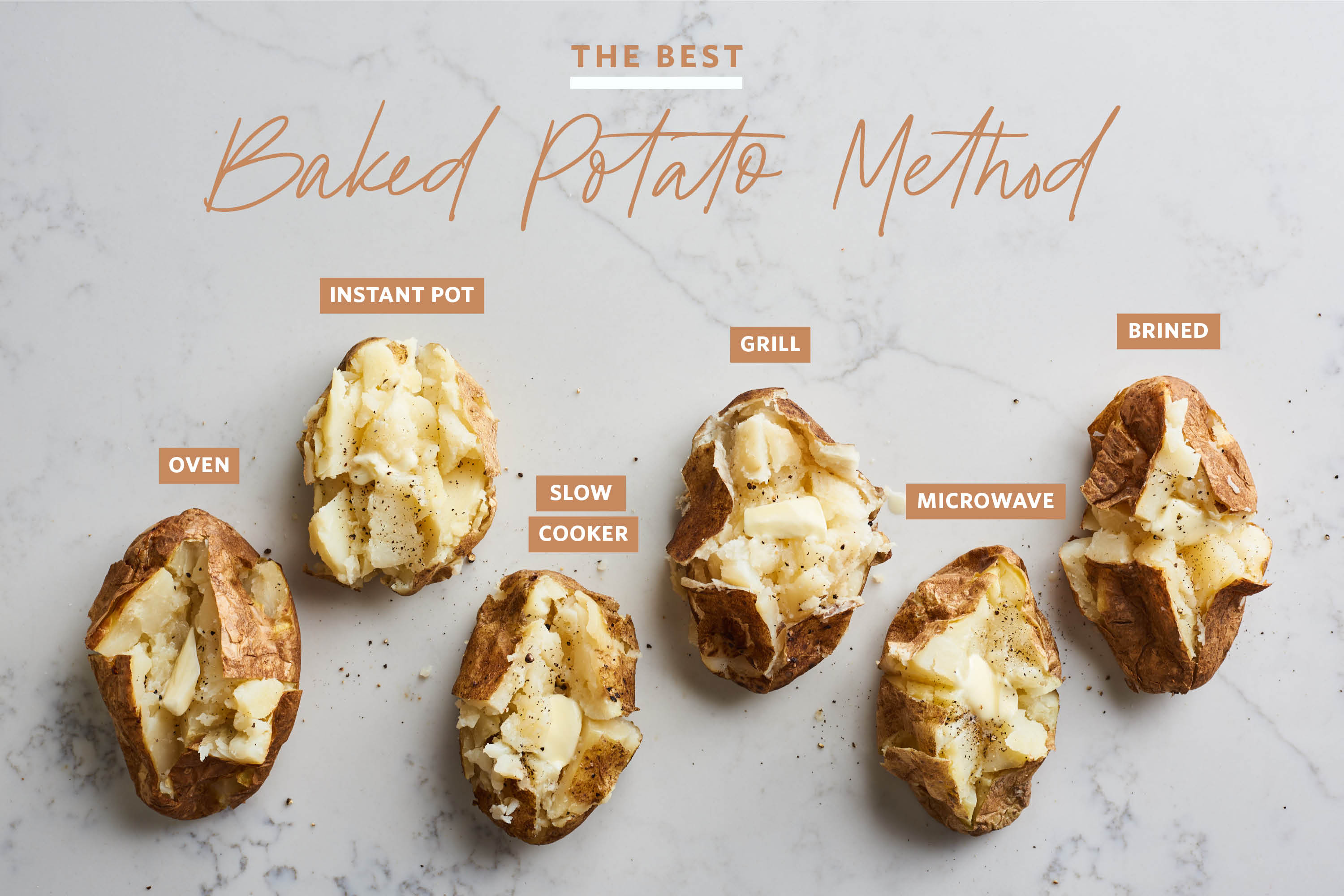
How to Bake a Potato: The Very Best Recipe | Kitchn

Baked Potatoes in Foil (oven & grill) - Fit Foodie Finds

Twice-Baked Potatoes Recipe - NYT Cooking
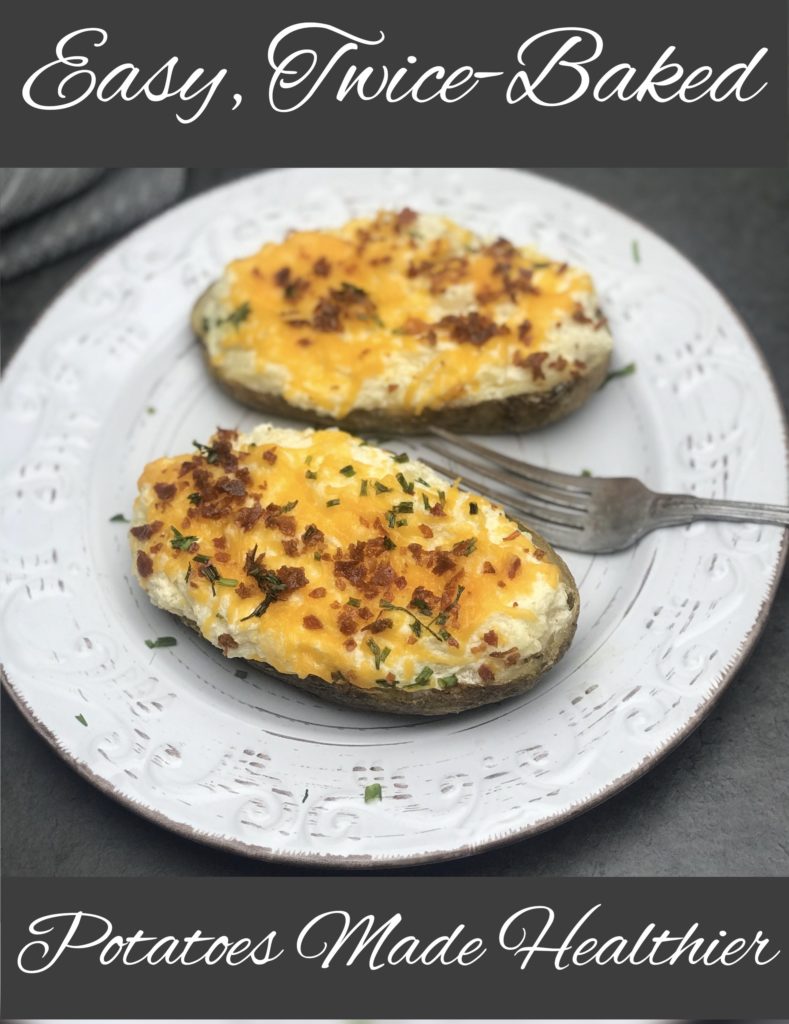
Easy, Healthier, Twice Baked Potatoes | Heather Mangieri Nutrition
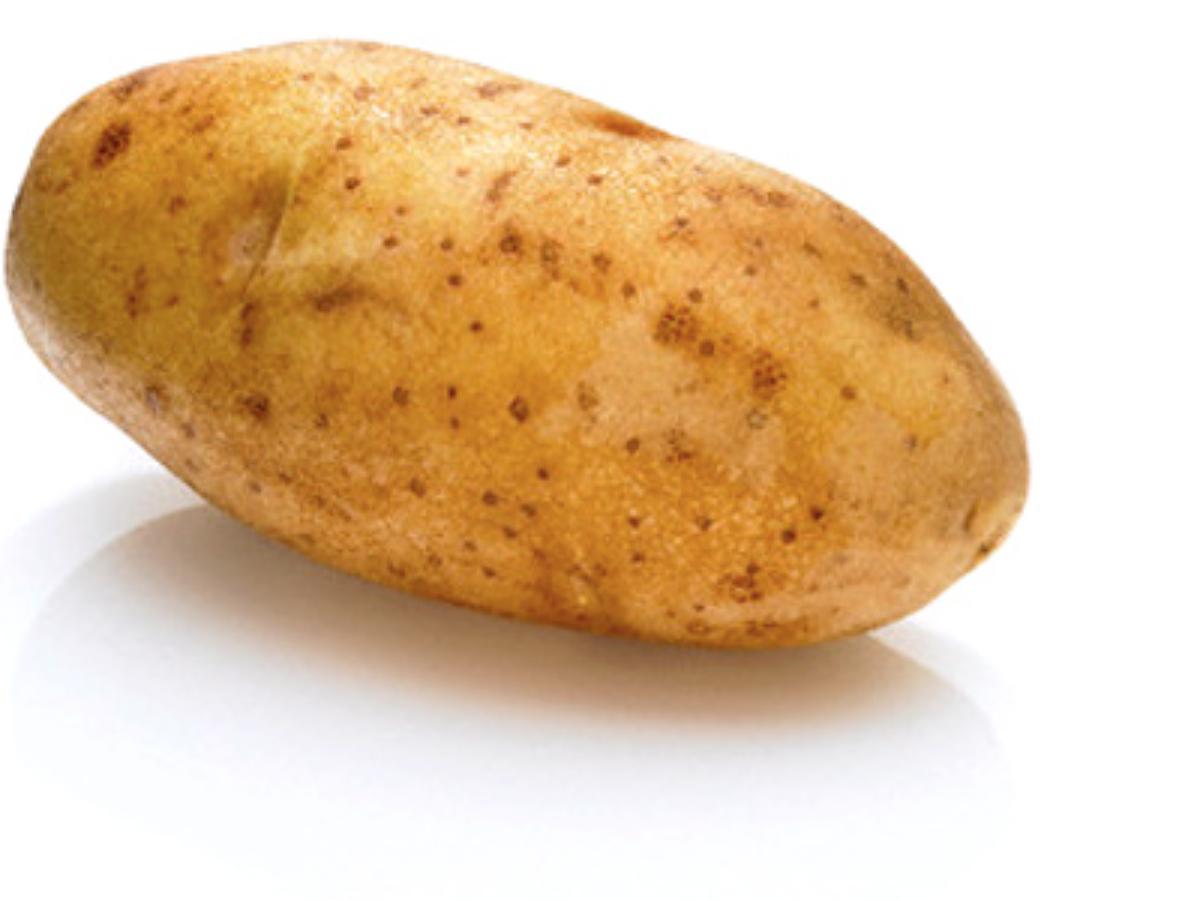
White potatoes Nutrition Facts - Eat This Much
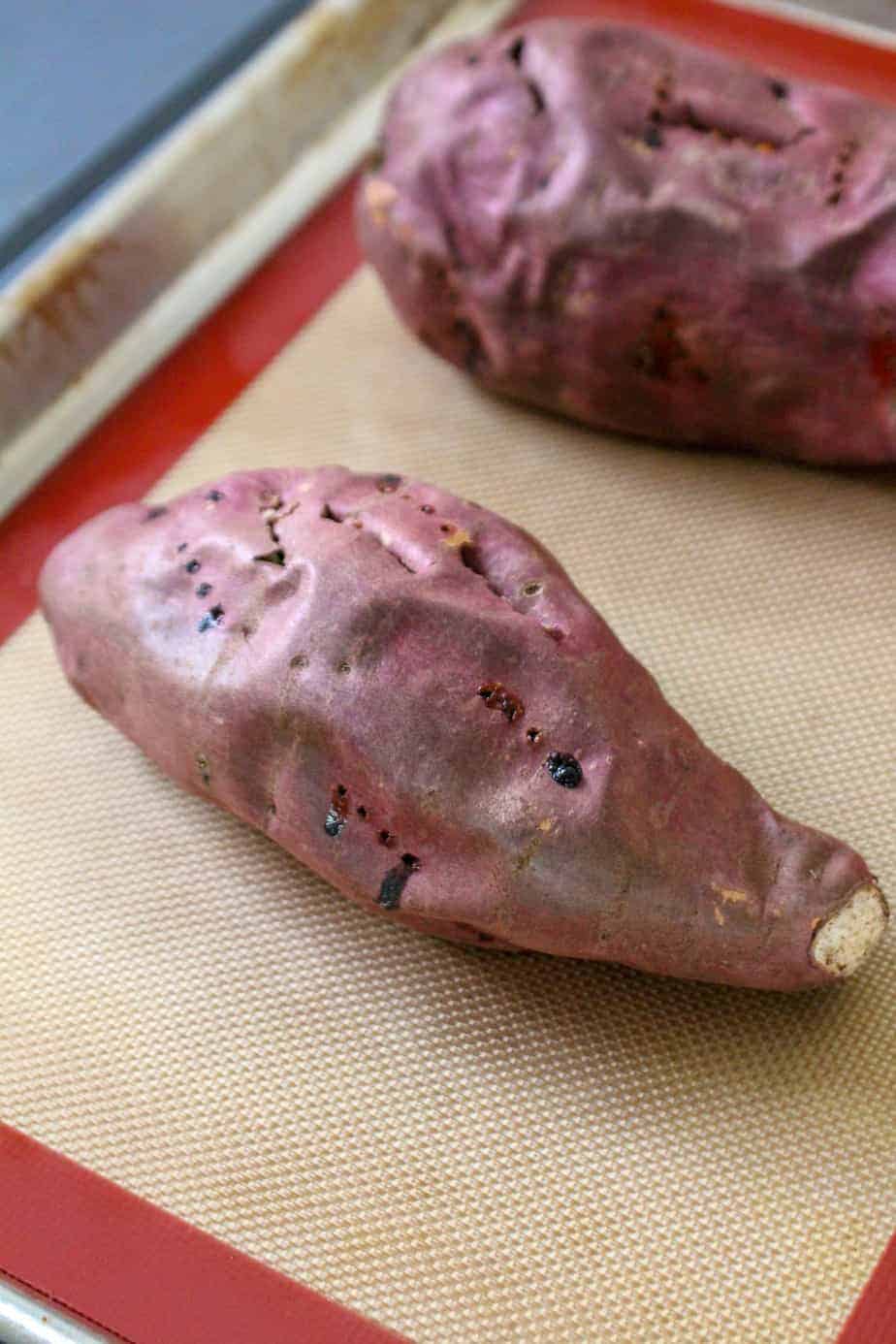
Baked Japanese Sweet Potatoes

Benefits of Boiled Potatoes
Posting Komentar untuk "carbs in large baked potato"